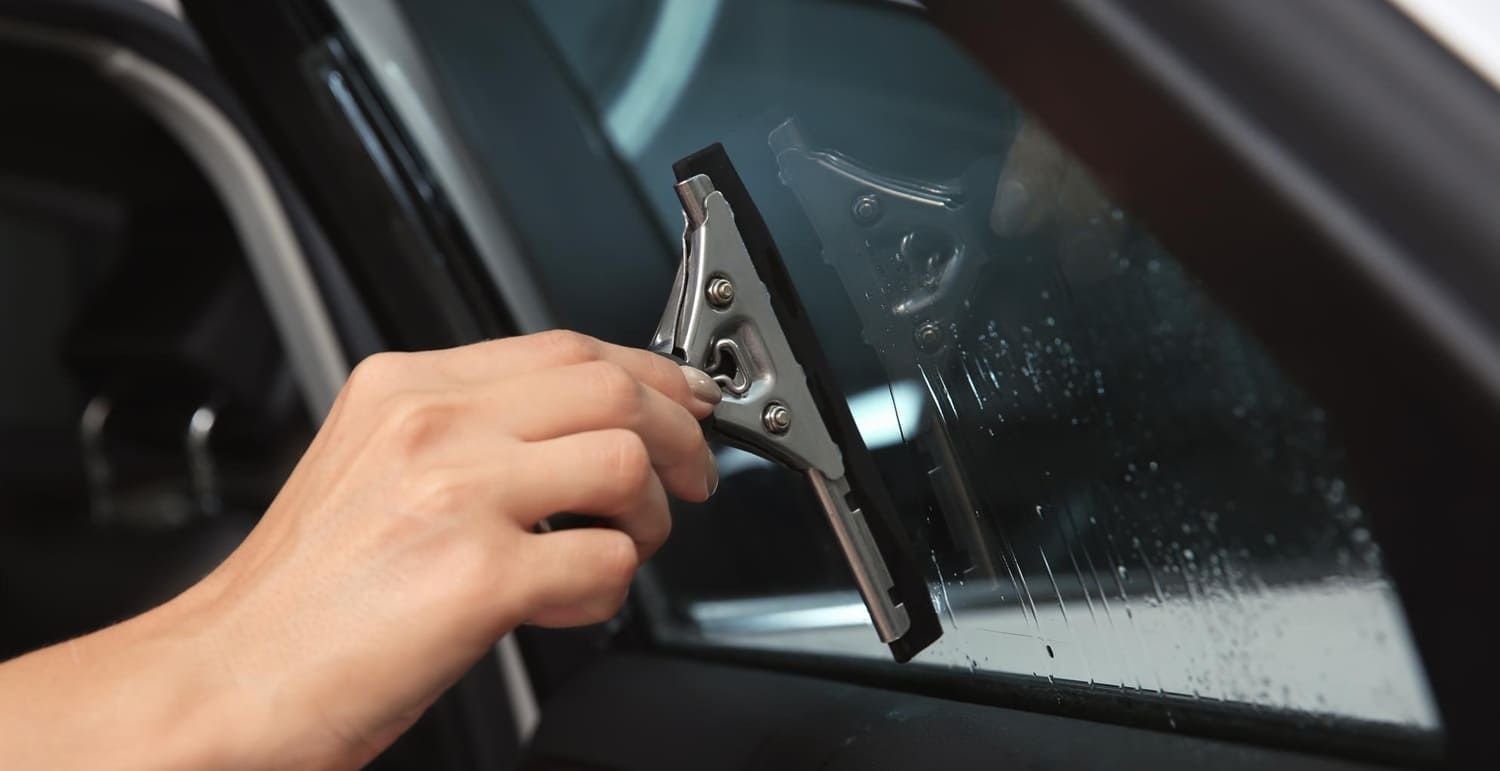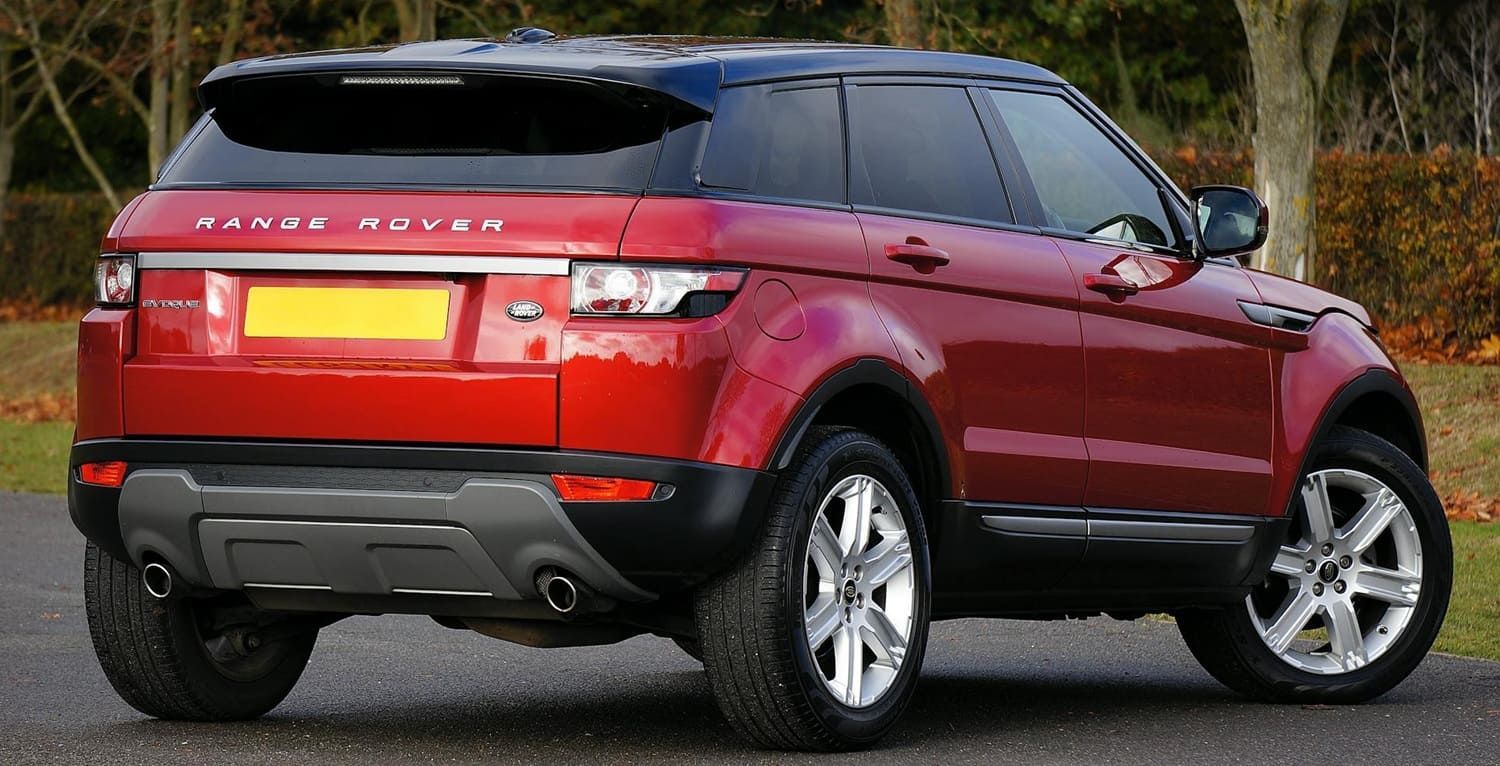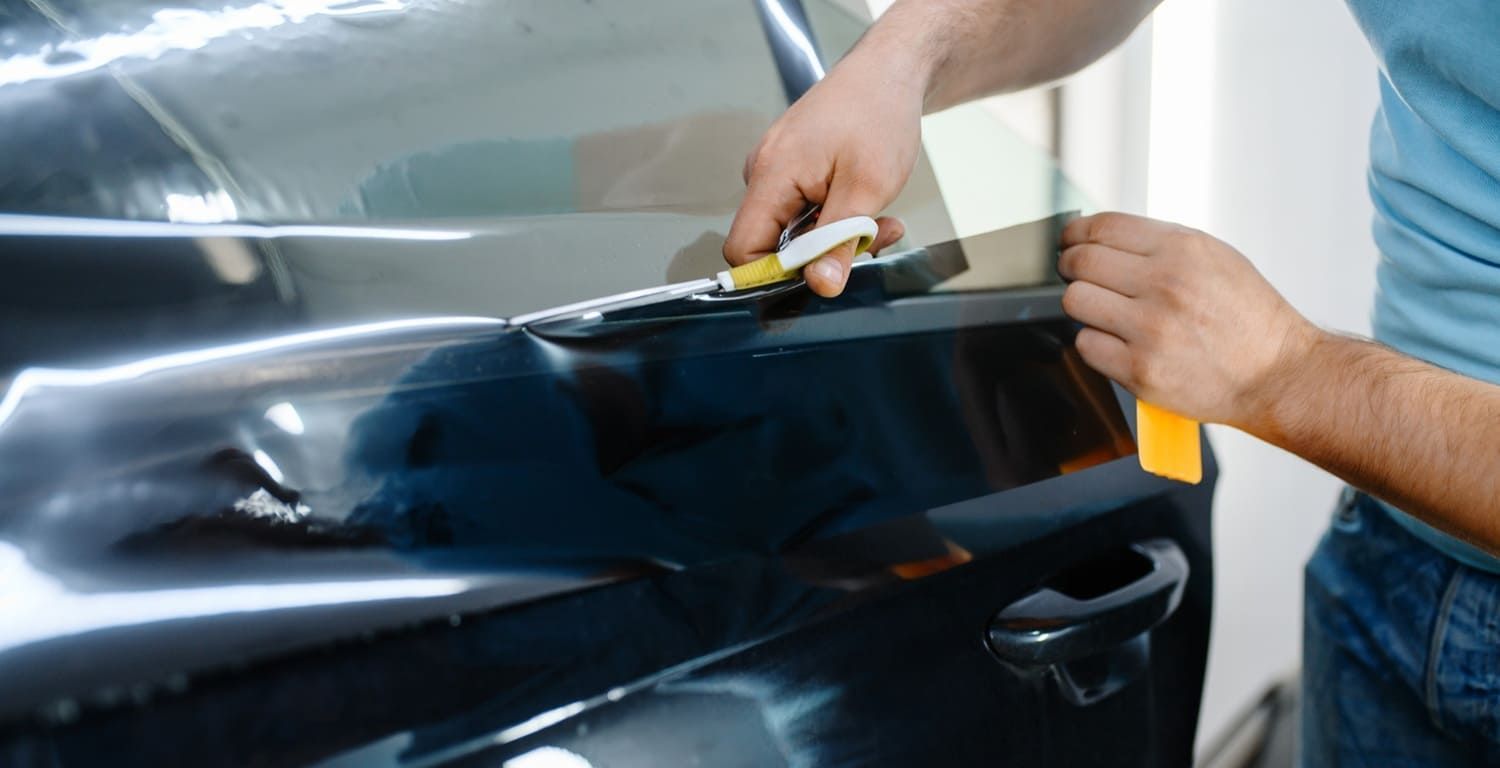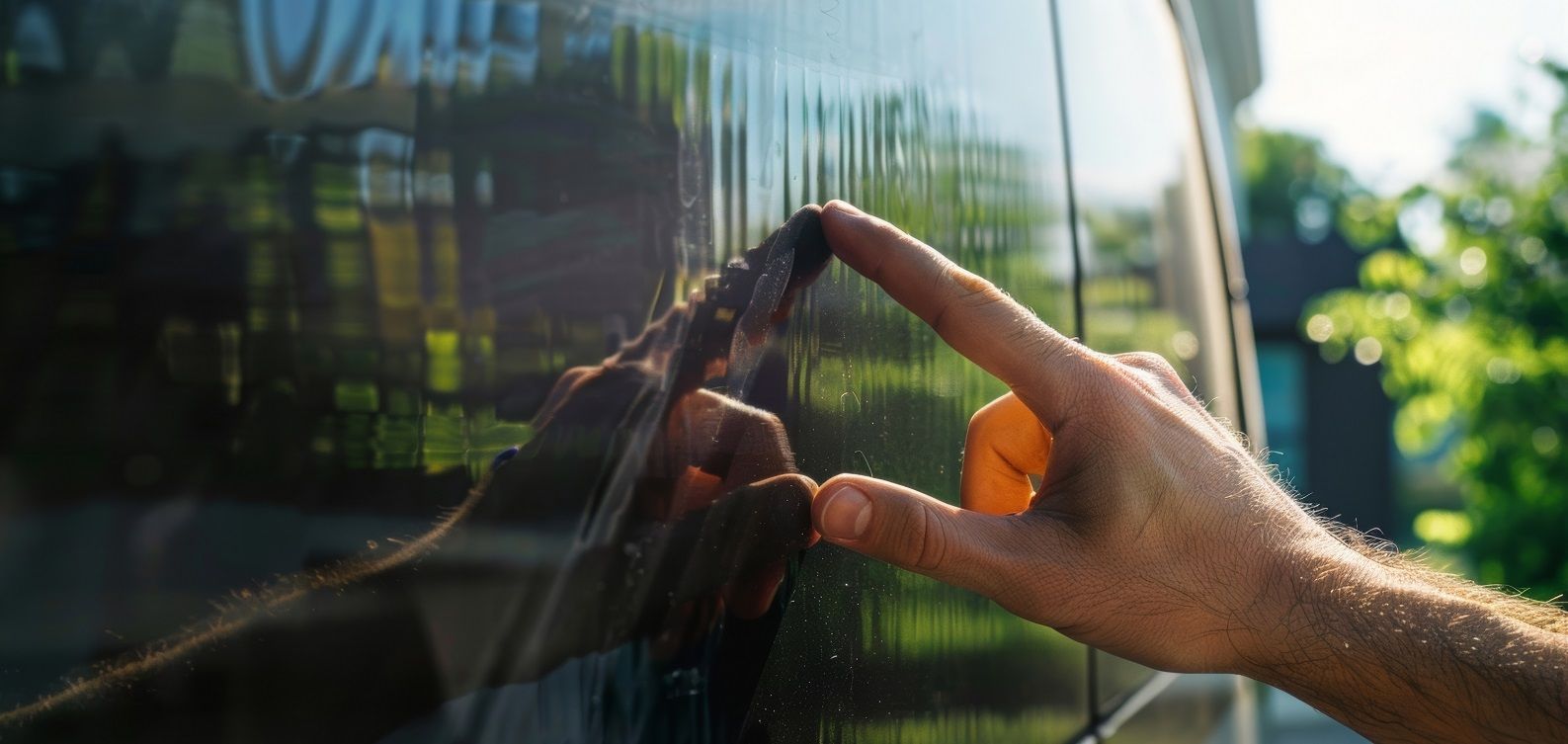VELOCITY WINDOW TINTING820 Parris Island Gateway ABeaufort, SC 29906
Business Hours:Tuesday - Saturday: 9am to 6pmSunday: CLOSEDMonday: CLOSED
OFFERING AFTERPAY - PAY IT IN 4 INTEREST-FREE INSTALLMENTS
Style and Shade: Everything You Need to Know About Different Car Tint Levels
There are a few different car tint levels to choose from when changing your car windows. We take a look at the different levels, and how to choose between them.

Did you know that the darkness of your car windows isn't just about style? It's a world of varying shades and degrees, each with its own unique benefits and drawbacks. We're talking about car tint levels, a subject that might seem trivial at first but is actually quite fascinating once you get into it.
From reducing glare to increasing privacy, the level of tint on your car windows can make a world of difference.
Intrigued? Good. Let's dive deeper into this topic and shed some light on the mysterious world of car tint levels.
The Science Behind Tint Levels
Before we delve into the specifics of tint levels, it's important to understand the science behind it.
Window tints work by controlling the amount of heat and light that enters your car. They do this by reflecting, absorbing, or transmitting the light that hits them. The level of tint you choose will determine how much light is reflected, absorbed, or transmitted.
It's a balance between aesthetics, functionality, and legality. But how do you navigate this balance? What factors should you consider? And what are the different car tint levels available? Let's explore these questions together.
The Intricacies of Car Tint Levels
Car tint levels, also known as tint percentage, refer to the amount of light that a window tint allows to pass through. A higher percentage means more light gets through, while a lower percentage means less light and therefore a darker tint.
Light Transmission and Tint Percentage
The key to understanding car tint levels is understanding light transmission. This is the percentage of light that a window tint allows to pass through. A higher percentage means more light gets through, while a lower percentage means less light and therefore a darker tint.
The Different Levels
There are several levels to choose from when you're considering a window tinting service. Here's a quick rundown:
- 70% Tint: Almost clear, offers some UV protection.
- 50% Tint: Balance between light transmission and privacy.
- 35% Tint: More privacy, sleek look.
- 20% Tint: High privacy, limited visibility.
The Benefits of Window Tinting
Beyond the aesthetic appeal, window tinting offers a range of benefits. It can provide privacy, reduce heat and glare, protect against UV rays, and even enhance safety. Let's take a closer look at these benefits:
Privacy
Window tinting can provide a level of privacy that clear windows simply can't. This can be particularly beneficial in urban areas or crowded parking lots.
Heat and Glare Reduction
Window tints can significantly reduce the amount of heat and glare in your car. This can make your driving experience more comfortable, especially in the hot summer months.
UV Protection
UV rays can be harmful to both your skin and your car's interior. Window tints can block up to 99% of UV rays, protecting you and your car.
Enhanced Safety
In the event of an accident, window tints can help hold shattered glass together, reducing the risk of injury.
This safety feature is particularly beneficial in high-impact collisions where windows may shatter, as it can prevent glass shards from becoming dangerous projectiles.
Choosing the Right Tint Level for Your Car
When it comes to choosing the right car tint levels, it's not a one-size-fits-all situation. You need to consider several factors, such as your local laws, your personal preferences, and the type of car you drive.
Consider Your Local Laws
Different places have different laws regarding window tinting. Some areas might allow darker tints, while others have stricter regulations. It's crucial to check with your local laws before deciding on a tint level.
Think About Your Personal Preferences
Are you someone who values privacy and a sleek aesthetic? Or do you prefer maximum visibility and natural light? Your personal preferences play a big role in choosing the right tint level.
Consider the Type of Car You Drive
The type of car you drive can also influence your choice. For example, larger vehicles like SUVs and trucks might benefit from a darker tint for added privacy.
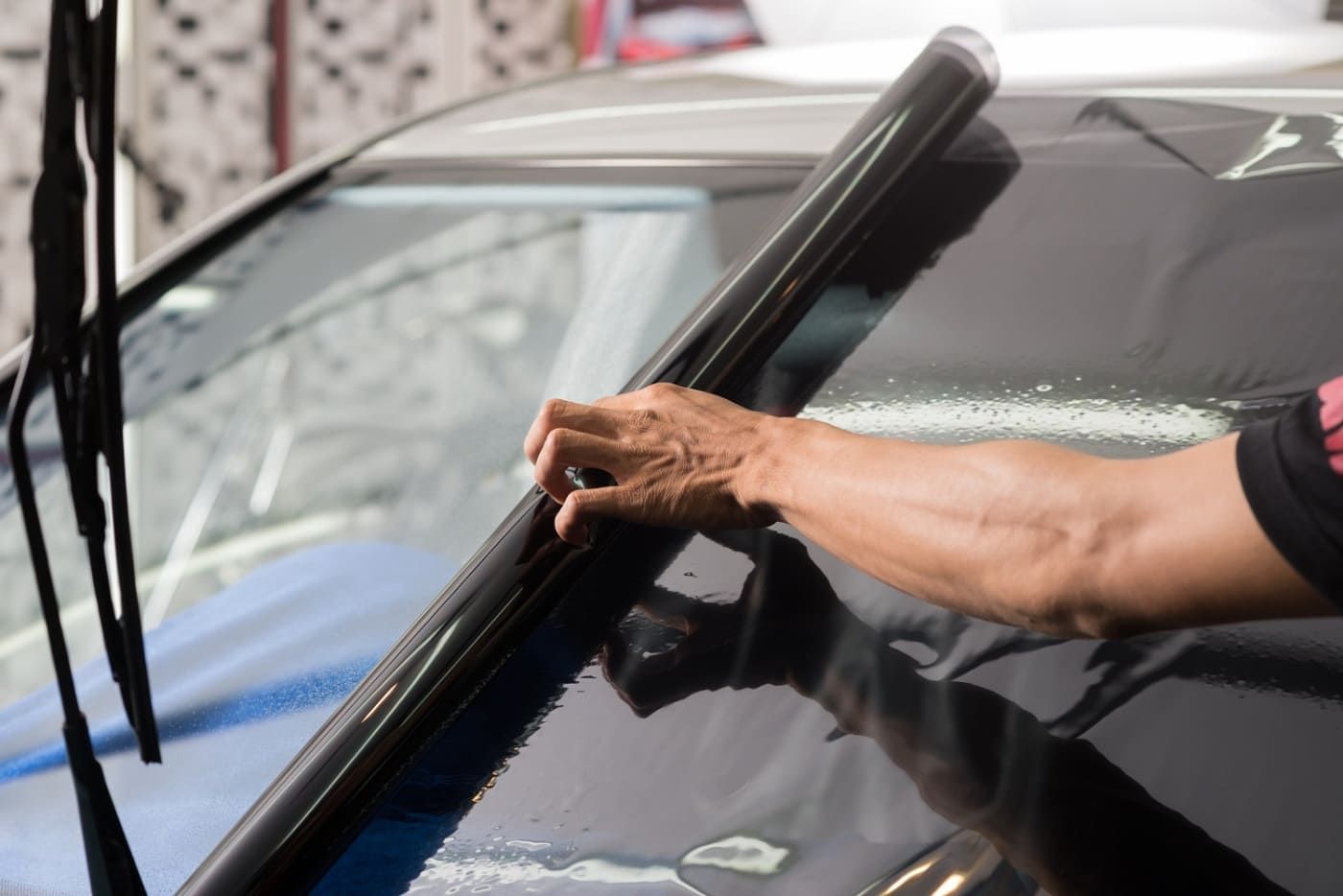
The Impact of Tint Levels on Driving Experience
The level of tint you choose can also have a significant impact on your driving experience. For instance, a darker tint can reduce glare and make it easier to drive in bright conditions. However, it can also reduce visibility, particularly at night or in poor weather conditions.
On the other hand, a lighter tint can provide some of the benefits of a darker tint, such as UV protection, without significantly reducing visibility.
Daytime Driving
During the day, a darker tint can help reduce glare and heat, making your drive more comfortable. It can also provide privacy and give your car a sleek, stylish look.
Nighttime Driving
At night, a darker tint can make it more difficult to see, particularly in areas with poor street lighting. If you frequently drive at night, you might want to consider a lighter tint.
Professional Window Tinting Services
If you're considering getting your windows tinted, it's a good idea to use a professional window tinting service. While DIY kits are available, a professional service will have the knowledge and experience to ensure that the job is done correctly and to a high standard.
They can also provide advice on the best tint level for your needs and ensure that your tint is legal.
What to Look for in a Window Tinting Service
When choosing a window tinting service, there are a few things to consider. Look for a service with good reviews and a strong reputation. They should also be able to provide a warranty on their work.
Finally, make sure they use high-quality materials. A cheap tint might not provide the same level of protection and could start to peel or bubble over time.
Don't Get Left In the Dark on Window Tinting
Car tint levels are more than just a style choice. They're about privacy, protection, and personal preference. Whether you're considering a window tint service for the first time or thinking about changing your current tint, understanding the different car tint levels can help you make an informed decision.
If you'd like to learn more, or want to know how Velocity Window Tinting can help you achieve your desired tint levels, get in touch with us today!
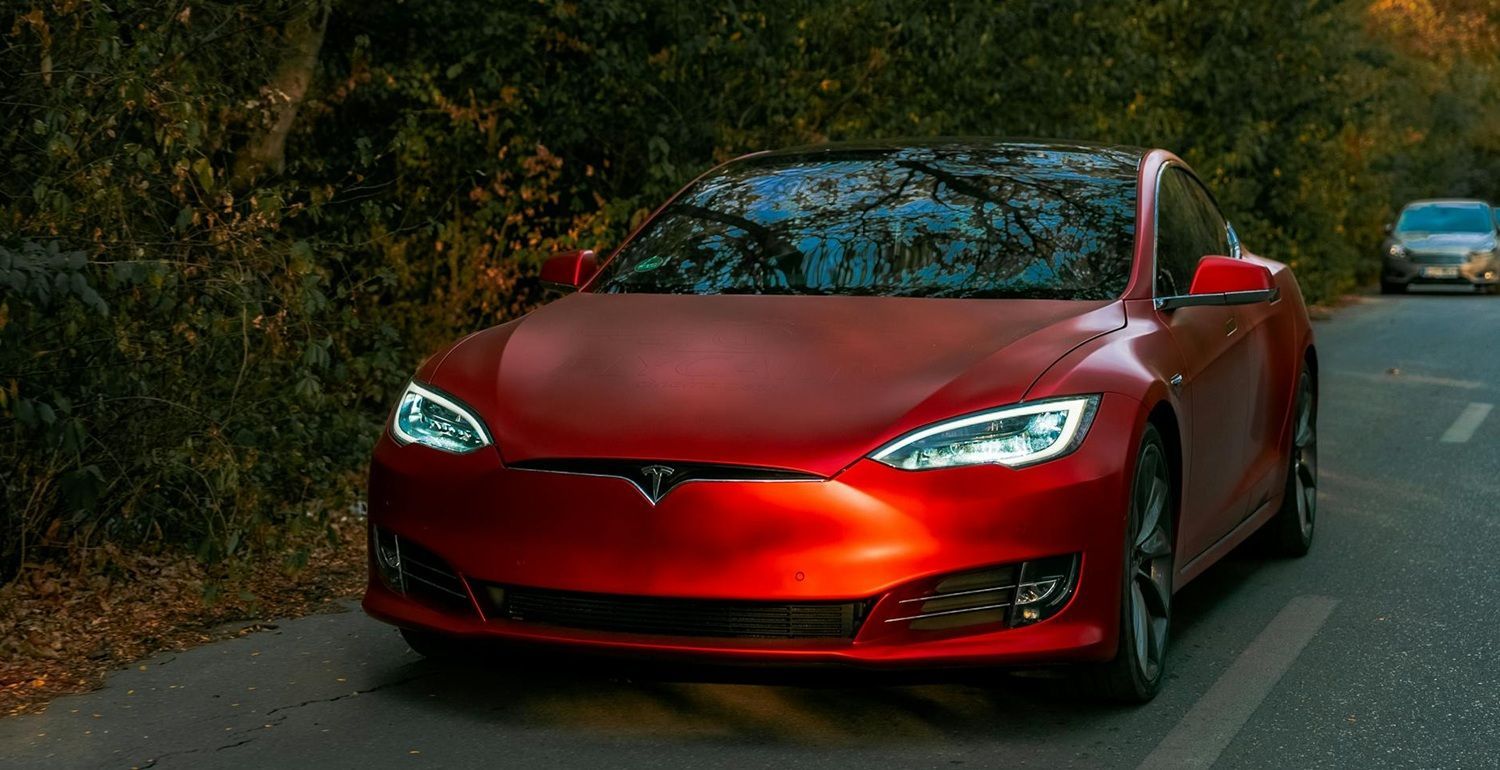
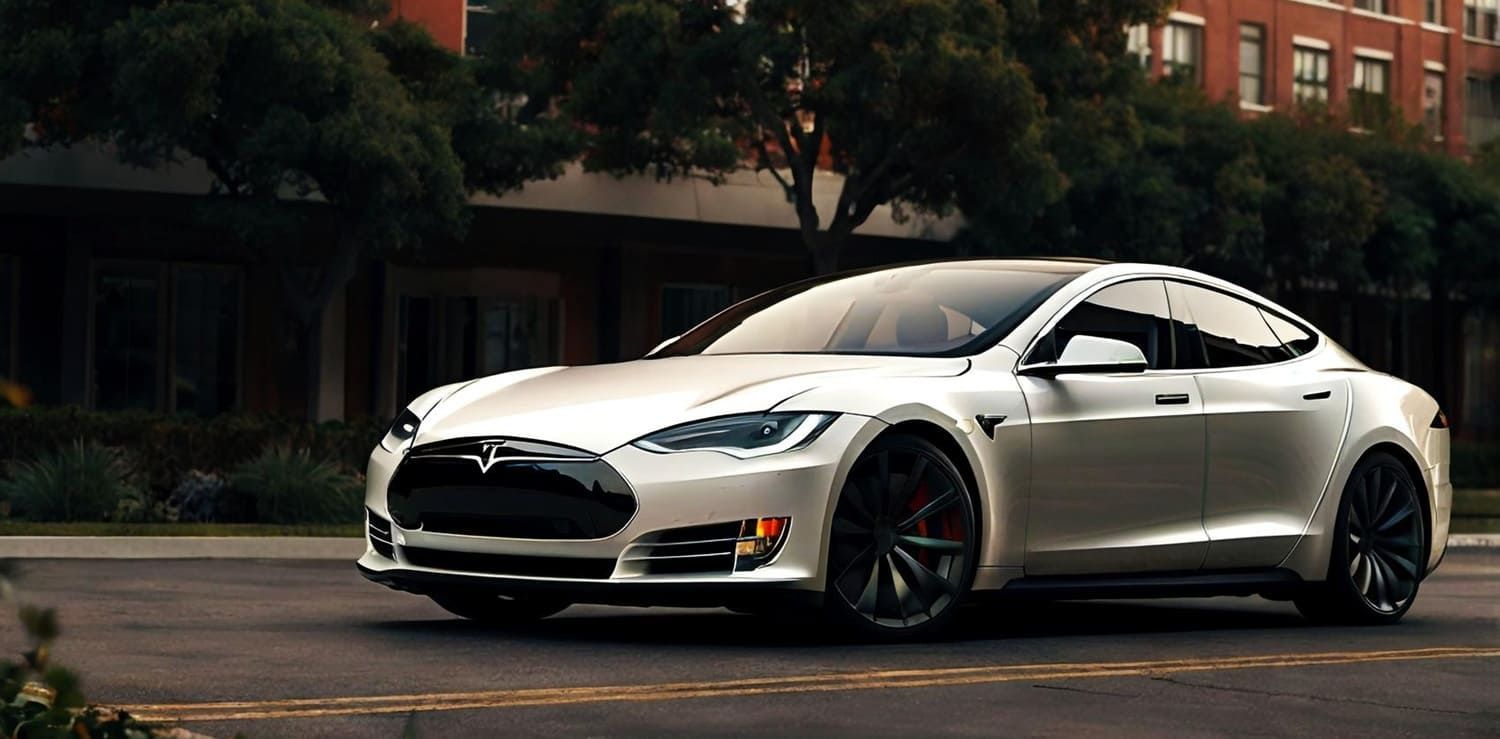
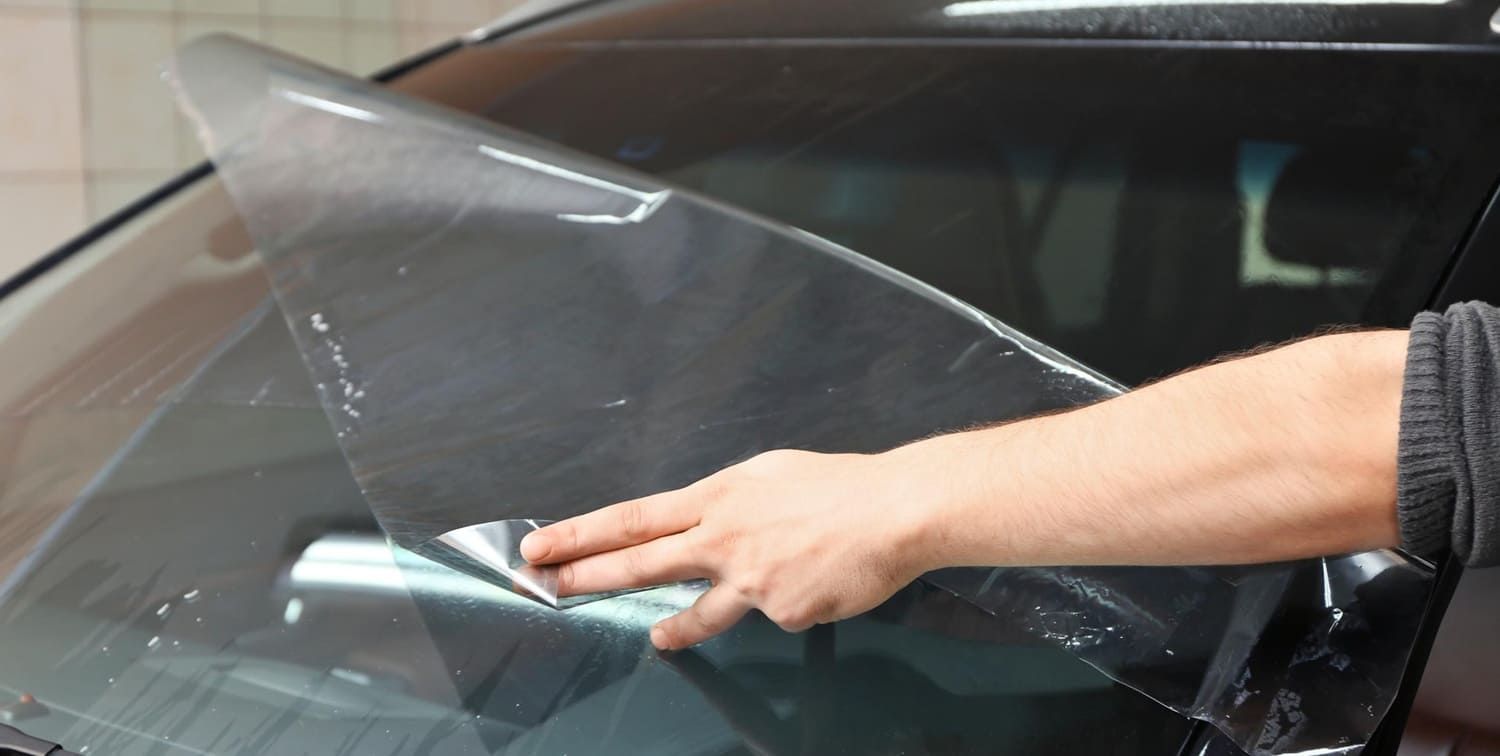
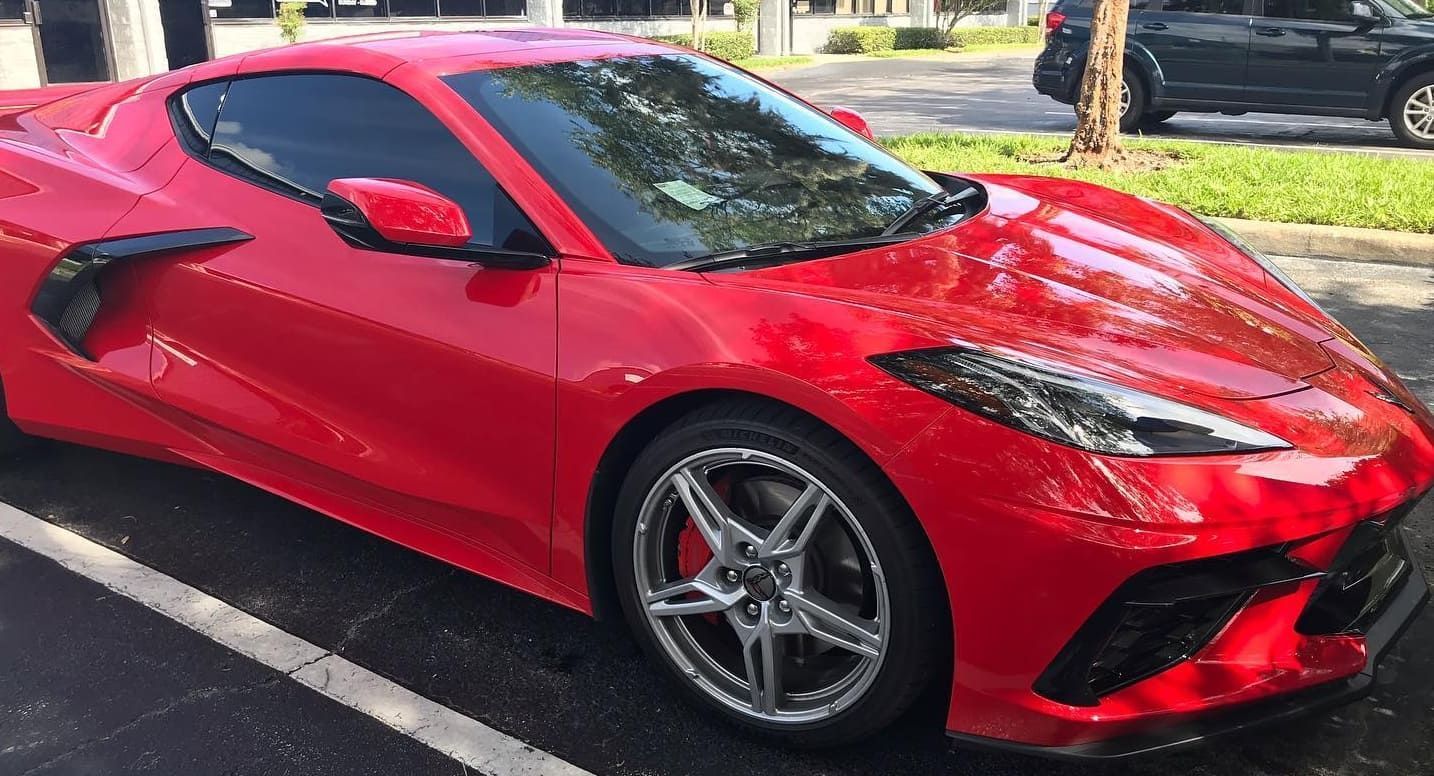

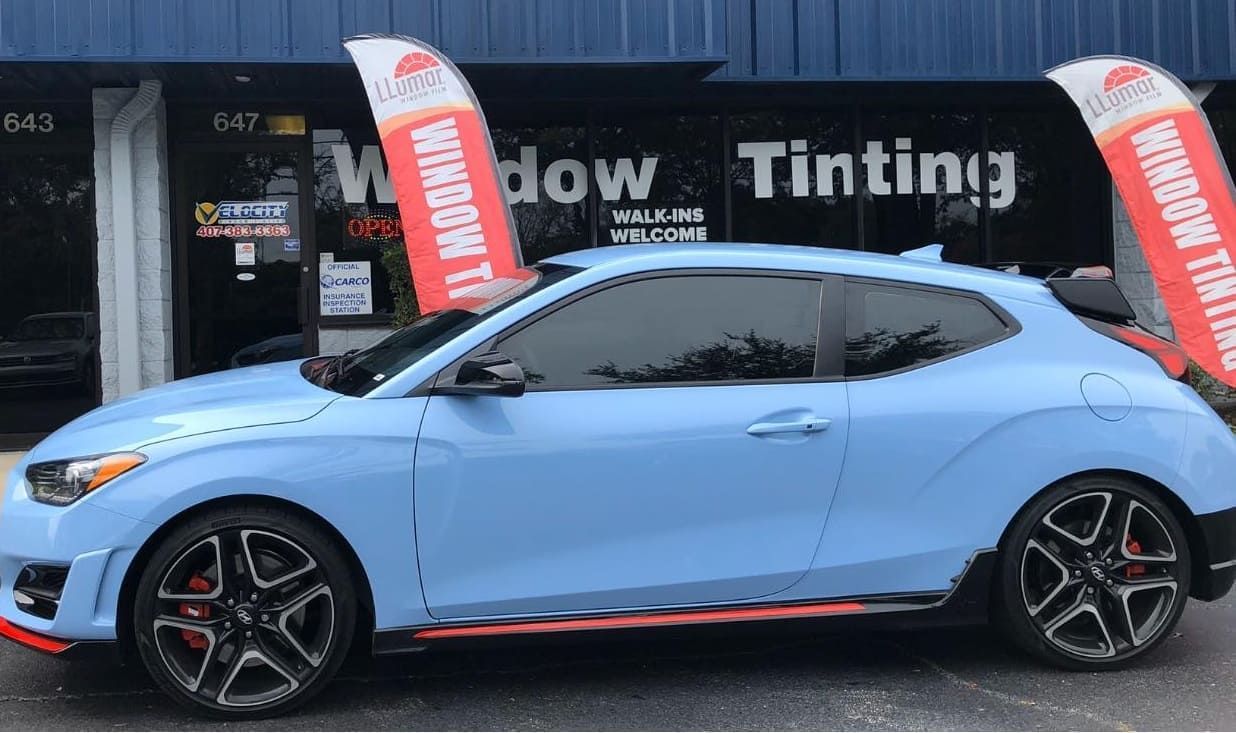
VELOCITY WINDOW TINTING
647 Progress Way
Sanford, FL 32771
Business Hours:
Monday - Saturday: 9 am to 6pm
Sunday: CLOSED
All Rights Reserved | Velocity Window Tinting


